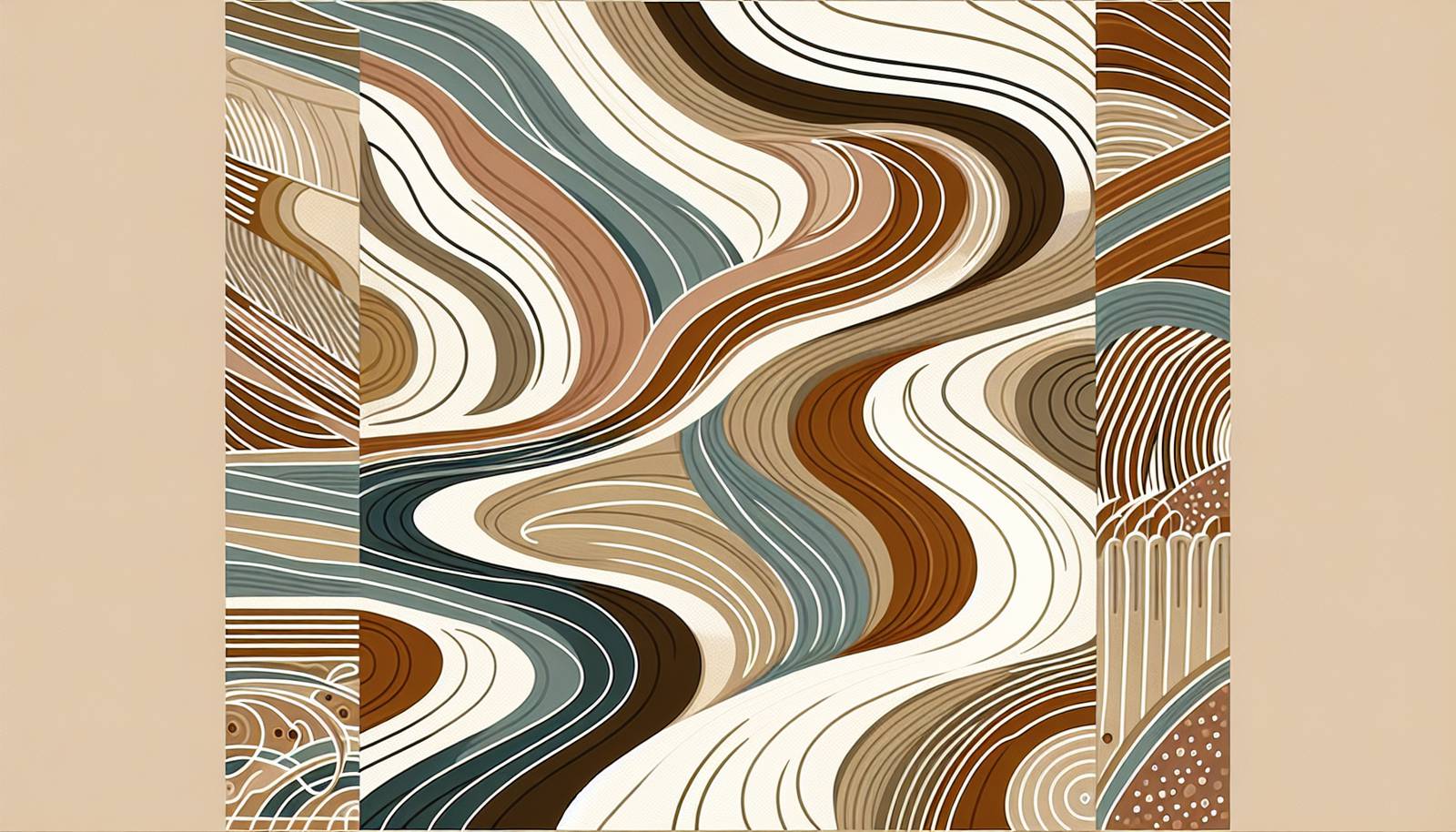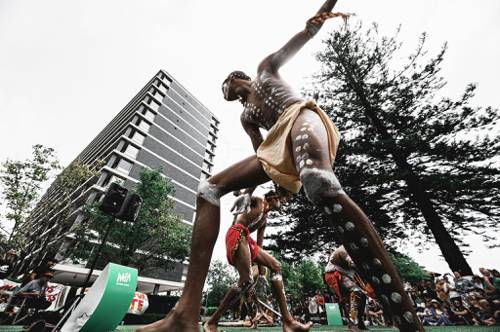
FAQ About The Influence of Indigenous Australian Music and Dance on Contemporary Arts

What are some characteristics of Indigenous Australian music?
Indigenous Australian music is characterized by its use of traditional instruments such as the didgeridoo, clapping sticks, and various types of drums. The music often features rhythmic patterns and includes vocals that tell stories or convey messages. Another distinguishing feature is its connection to the natural environment, often using sounds that mimic animals or the landscape.

How has Indigenous Australian dance influenced contemporary dance forms?
Indigenous Australian dance has significantly influenced contemporary dance by introducing unique movements and storytelling techniques. These traditional dances are often narrative-driven, conveying stories of the Dreamtime, which contemporary performers have adapted to tell new stories. Techniques such as body percussion and ecological gestures also enrich modern choreography.

What role does the didgeridoo play in Indigenous Australian music and its influence on modern music?
The didgeridoo is a wind instrument traditionally made from hollowed-out eucalyptus branches. It plays a vital role in Indigenous music by providing a droning accompaniment to singing and other instruments. Its unique sound has found its way into modern music genres, influencing styles ranging from electronic to new-age music by adding depth and an organic texture.

Can you name some contemporary artists influenced by Indigenous Australian music and dance?
Many contemporary artists have drawn inspiration from Indigenous Australian music and dance. Artists such as Gurrumul and the band Yothu Yindi have incorporated traditional sounds into modern music. Dancers and choreographers like Stephen Page, of the Bangarra Dance Theatre, also highlight Indigenous themes in their work.

What is the significance of storytelling in Indigenous Australian music and dance?
Storytelling is a core element of Indigenous Australian music and dance. These art forms are not just for entertainment but serve as vehicles for passing down laws, morals, and cultural practices. Through dance and song, stories of the Dreamtime and historical events are preserved, educating future generations and connecting them with their heritage.

How does Indigenous Australian culture influence contemporary visual arts?
Indigenous Australian culture has a profound influence on contemporary visual arts, inspiring artists with its rich symbolism, use of natural materials, and storytelling. Modern artists often incorporate traditional patterns and motifs, explore themes of land and identity, and use techniques like dot painting, which have roots in Aboriginal art traditions.

Are there misconceptions about Indigenous Australian music and dance?
Yes, there are several misconceptions about Indigenous Australian music and dance. A common misunderstanding is that these practices are considered "primitive", when in fact, they are complex, sophisticated, and vital parts of cultural history. Another misconception is that all Indigenous Australian cultural expressions are homogenous, ignoring the diversity among different groups.

How are Indigenous Australian music and dance taught to younger generations?
Indigenous Australian music and dance are typically passed down through generations by oral tradition. Elders and community leaders often teach younger members through participation in cultural ceremonies and storytelling sessions. In some regions, formal instruction in schools and community programs also helps preserve these art forms for future generations.

What events celebrate Indigenous Australian music and dance today?
Many events celebrate Indigenous Australian music and dance, including NAIDOC Week, the Yeperenye Dreaming Festival, and the Garma Festival. These events often feature traditional performances, workshops, and contemporary showcases that bring attention to Indigenous cultural contributions and provide a platform for both traditional and modern expressions.

How has Indigenous Australian music been incorporated into educational settings?
Indigenous Australian music is increasingly incorporated into educational settings to enrich curriculums and foster cultural awareness. Schools may include music classes that explore traditional instruments and involve students in creating music that respects Indigenous styles. Workshops conducted by Indigenous artists also offer students direct interaction with these traditions.
